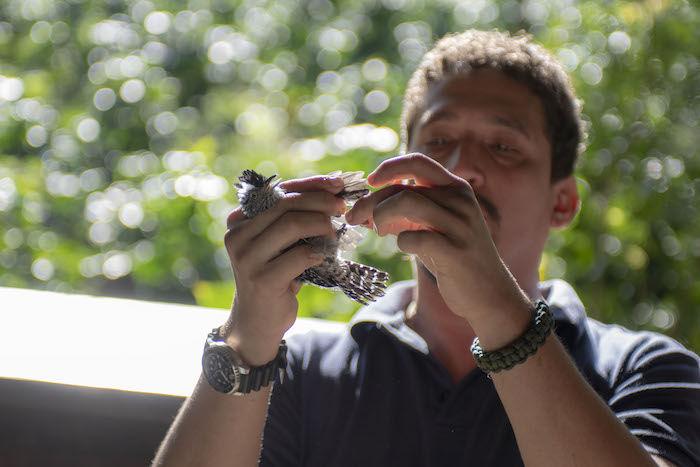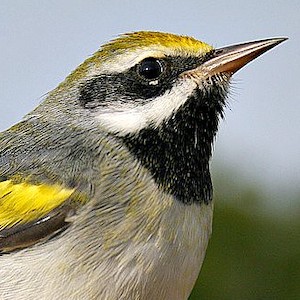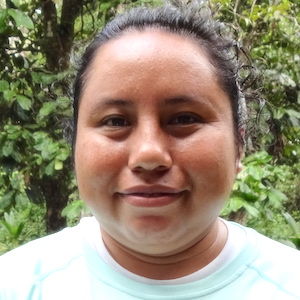The MoSI (Monitoreo de Sobrevivencia Invernal; Monitoring Overwinter Survival) bird monitoring program is an international collaboration that was started by IBP and depends on local partners across 22 countries in Latin American and the Caribbean. MoSI partners are scientists, conservation leaders, and skilled bird banders who collect data that is critical for understanding the health of Neotropical migratory bird populations across their annual cycle as well as resident tropical bird species.
Nicaraguan biologist Marvin Tórrez is one of the original MoSI partners and continues to operate a MoSI station 20 years later. We talked to Marvin about his beginnings as a bird bander and his work with the MoSI program.
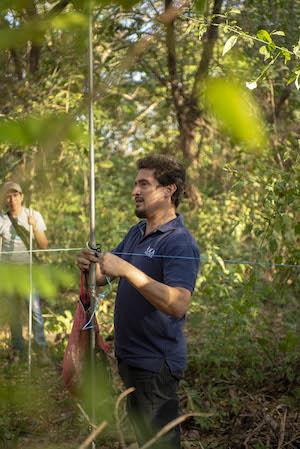
Marvin setting up mist nets at his MoSI station. Photo courtesy of Setnet Comunicaciones.
When did you first become interested in birds and what got you interested in them?
I started as a biology student, around 20 years ago. My first contact was as a volunteer in an NGO called Fundación Cocibolca, at that time at I participated in some field trips to search for birds, and although at that moment insects were my interest as a student, after a couple field trips I got interested in birds.
When did you first start bird banding?
In 2002 I started as a volunteer with MoSI, that’s when I started bird banding. I volunteered at the MoSI station at Reserva El Jaguar in Nicaragua’s north highlands, but also I used to sporadically visit other stations such as Mombacho and Chocoyero.
How long have you been involved with the MoSI program?
I started in 2002, when IBP came to Nicaragua to establish the program for the first time.
Where in Nicaragua is your MoSI station located?
We have a station at Santa Maura farm in the Nicaragua highlands, on a coffee plantation. But due a change in the land use we are moving from inside the farm into a big area of forest (> 150 ha), where we hope to have nice captures.
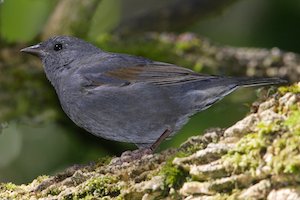
A Slaty Finch. Photo by Mdf/Wikimedia.
I see that you have published a paper on the Slaty Finch (Haplospiza rustica) record in Nicaragua. Why was this bird such an interesting find?
That was a collaboration with Fundación Cocibolca. I am always open to publish new records, since the biogeography of Nicaragua is unique in some aspects, and sometimes birds specific to one region appear in another. I believe biogeography of Nicaragua is very interesting, and still poorly understood in some aspects.
You are currently a research professor at the Universidad Centroamericano in Managua. Do you use the bird banding you do at your MoSI station in your teaching work at the university?
I use some of the data from the MoSI station in my teaching and I plan to include some field trips to the station in the coming years.
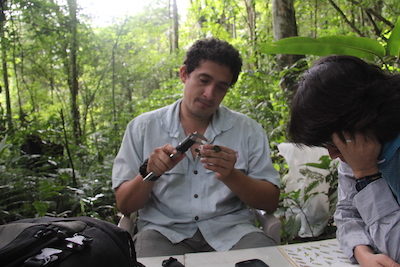
Marvin at work at his MoSI station in Nicaragua. Photo courtesy of Setnet Comunicaciones.
I see you published a guide to molt in selected species of Nicaraguan birds. Did operating the MoSI station help you gather the information for this paper?
Yes, I included information from MoSI stations around Nicaragua, but also many projects I’ve worked on, such as an ecotourism project called “Conservation and Sustainable Tourism on Critical Watersheds of Nicaragua.”
How would you like to see the MoSI program develop going into the future?
Interesting question. I see MoSI is going strong after 20 years, and because of this is in a new generational age which will bring new opportunities. Hopefully, due to the amount of data MoSI has collected, the program will help biologists in Latin America and the USA to participate more actively in environmental decisions. In the era of big data, MoSI will be for sure one of the resources for environmental decisions.
Is there something else you'd like me to know about you or your work with MoSI?
I believe MoSI is a good example of how to participate in networks. Many young professionals have benefited from participation in MoSI, and this is one of the most valuable indirect results of MoSI- the opportunities for younger generations.
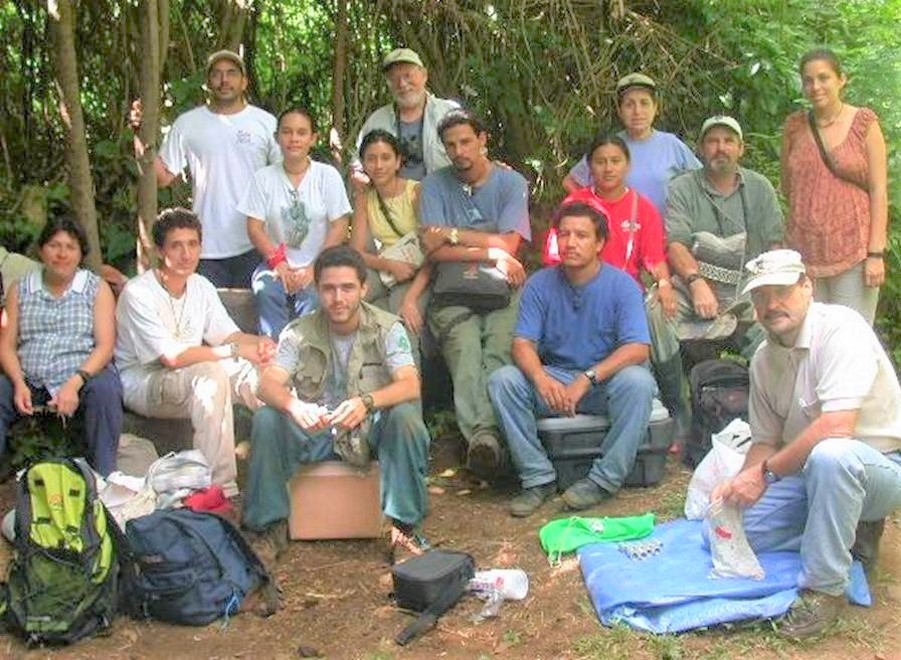
The original MoSI group in Nicaragua in 2002. Pictured are, standing in back: Freddy Ramirez, David DeSante, Liliana Chavarria-Duriaux, Salvadora Morales. Seated in back: Alejandra Martínez-Salinas, Mariamar Gutiérrez, Sergio Vílchez-Mendoza, Sandra Hernández, Peter Pyle. Seated in front: Heydi Herrera Rosales, Marvin Tórrez, Edgar Castañeda, Osmar Arróliga, Georges Duriaux.


